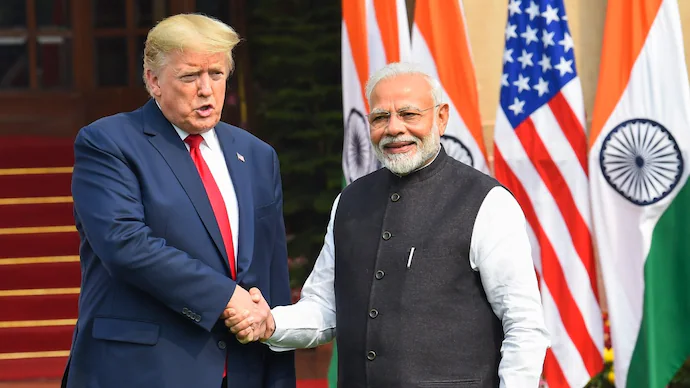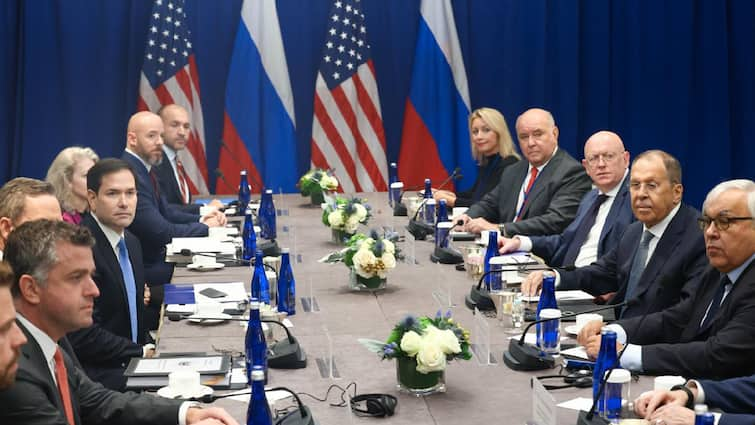New York [US], September 25 (ANI): The United States and India are working through a period of diplomatic friction amid what appears to be a pattern of mixed signals from Washington that has created an increasingly “hot and cold” dynamic in one of America’s most strategically important relationships.
A senior State Department official has acknowledged “turbulence” in the relationship but stressed that US-India ties remain “on a positive trajectory” despite President Donald Trump’s public expressions of frustration.
The admission comes when ANI questioned how India interprets the seemingly contradictory messages emanating from Washington, where officials, including Secretary of State Marco Rubio, emphasise the strategic importance of the partnership while simultaneously imposing trade restrictions and publicly criticising New Delhi’s policies.
Presidential Transparency
“The President is not shy about when he is frustrated with countries. You’ll see it on Truth Social. This is one of the most transparent administrations in history,” the official said, referring to Trump’s characteristic directness on social media platforms.
Despite this frank communication style, the administration maintains that India remains “a good friend and as a partner, and as really a partner of the future.”
High-Level Diplomatic Activity
The importance both nations place on their relationship is evident in the frequency of high-level engagements. Secretary of State Marco Rubio’s first official act after taking office was to meet with the Quad grouping–comprising the US, India, Japan and Australia–followed immediately by bilateral talks with Indian External Affairs Minister S Jaishankar.
Prime Minister Narendra Modi was among the first foreign leaders to visit the White House after Trump’s inauguration, meeting the President in the Oval Office within two weeks, the official added.
“When you step back from this brief moment, and look at the relationship, it is really on a positive trajectory, and it’s only expanding,” the official noted.
Trade and Energy Challenges
The current tensions centre primarily on trade disputes, with the Trump administration imposing additional tariffs on India over various commercial issues. Officials have also pressed India to reduce its energy imports from Russia as part of broader efforts to restrict Moscow’s revenue streams during the ongoing war in Ukraine.
Speaking about External Affairs Minister S. Jaishankar’s meeting with Secretary of State Marco Rubio in New York on September 22, 2025, on the sidelines of the United Nations General Assembly High-level Week, the official confirmed the Russian oil issue was discussed.
“The Russian oil issue was absolutely discussed as it’s discussed in every single engagement we have,” the official said. “He’s been clear with our European partners. He’s been clear with India.” While no specific commitments were disclosed from recent discussions, the administration continues to raise the matter in diplomatic exchanges.
Personal Diplomacy
The personal relationship between Trump and Modi appears to remain strong. The two leaders held what officials described as an “incredibly positive” phone conversation last week on Modi’s 75th birthday.
The Trump administration is preparing to nominate Trump’s close aide Sergio Gor as ambassador to New Delhi, who is described as “one of the closest people to the president,” underlining the significance placed on the bilateral relationship.
Future Engagement Plans
Officials suggested that further meetings between Trump and Modi are likely, with one noting, “I’m sure you’ll see the two meet. They have a very, very positive relationship.” Plans are also underway for a Quad Summit involving the four Indo-Pacific partners, potentially scheduled for later this year or early 2026.
The current diplomatic tensions reflect the complex nature of US-India relations, where strategic partnership goals must be balanced against specific policy disagreements. While Trump’s direct communication style has created some friction, both sides appear committed to maintaining and expanding their cooperation.
The frequency of high-level meetings and the priority given to India in the new administration’s diplomatic calendar suggest that Washington views the relationship as too important to be derailed by current disputes.
(This report has been published as part of the auto-generated syndicate wire feed. Apart from the headline, no editing has been done in the copy by ABP Live.)



